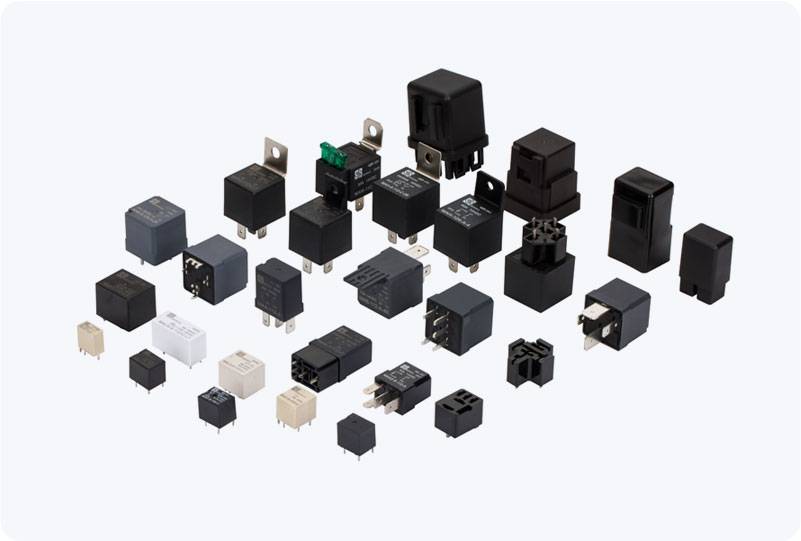The Insulation Monitoring Relay (IMR) is an essential device used in electrical systems to ensure safety by monitoring the integrity of insulation. As modern electrical systems become more complex, maintaining insulation integrity is crucial to prevent faults, accidents, and potential hazards. IMRs are widely used in various industries, especially those where safety is a paramount concern, such as healthcare, power distribution, and industrial controls. This article provides a comprehensive overview of Insulation Monitoring Relays, their importance, working principles, and applications.

What is an Insulation Monitoring Relay? An Insulation Monitoring Relay (IMR) is a safety device designed to continuously monitor the insulation resistance of an electrical system. It ensures that the electrical system’s insulation is intact, preventing faults such as short circuits or leakage currents that could cause electrical shock, fire, or equipment failure. IMRs are typically used in ungrounded or isolated systems, where a direct earth connection is absent. These systems can include medical devices, power distribution networks, and data centers. The Functionality of an IMR The primary function of an IMR is to monitor the insulation resistance of a system and detect any degradation that could potentially lead to hazardous situations. It does this by continuously measuring the insulation resistance between the live conductors and earth (ground). If the resistance falls below a certain threshold, the IMR activates an alarm or disconnects the affected circuit to prevent damage or danger.